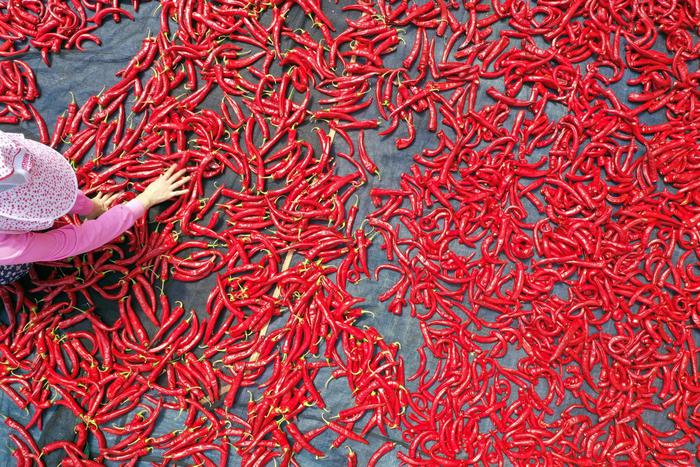The made in Italy chilli pepper is crushed by wild imports at bargain prices and of low quality from extra-EU markets.
Suffice it to say that China, Turkey and Egypt invade the market with 2 thousand tons of product a year.
The alarm was raised by Cia-Agricoltori Italiani, photographing one of the national gastronomic symbols which, in order to develop and compete, needs a superior quality, innovative and integrated supply chain.
The biggest problem with this cultivation, which is only in rare cases specialized, is linked to non-competitive prices.
In Italy, from 10 kg of fresh chilli pepper 1 kg of dried product is obtained, ground into a 100% pure powder and marketable for 15 euros;
the analogue produced by China costs just 3 euros and is the result of very coarse harvesting and processing techniques, with which the seedling is entirely shredded, including the stalk, leaves and roots.
The high cost of Italian production, explains Cia, is given, above all, by the incidence of manpower and highly professional processing procedures, including ozone machinery for perfect drying.
Hence the need, according to Cia, for a greater enhancement and protection of the Italian product thanks to the microclimate and the orographic characteristics of the land.
The creation of designations of territorial origin, for example, would give the consumer a guarantee of quality, traceability and wholesomeness and an adequate added value for the production part.
The goal is to increase its extensive cultivation, located today mainly in Calabria (100 hectares, with 25% of production), Basilicata, Campania, Lazio and Abruzzo.
All this for an amount that covers just 30% of the national needs.
(HANDLE).

